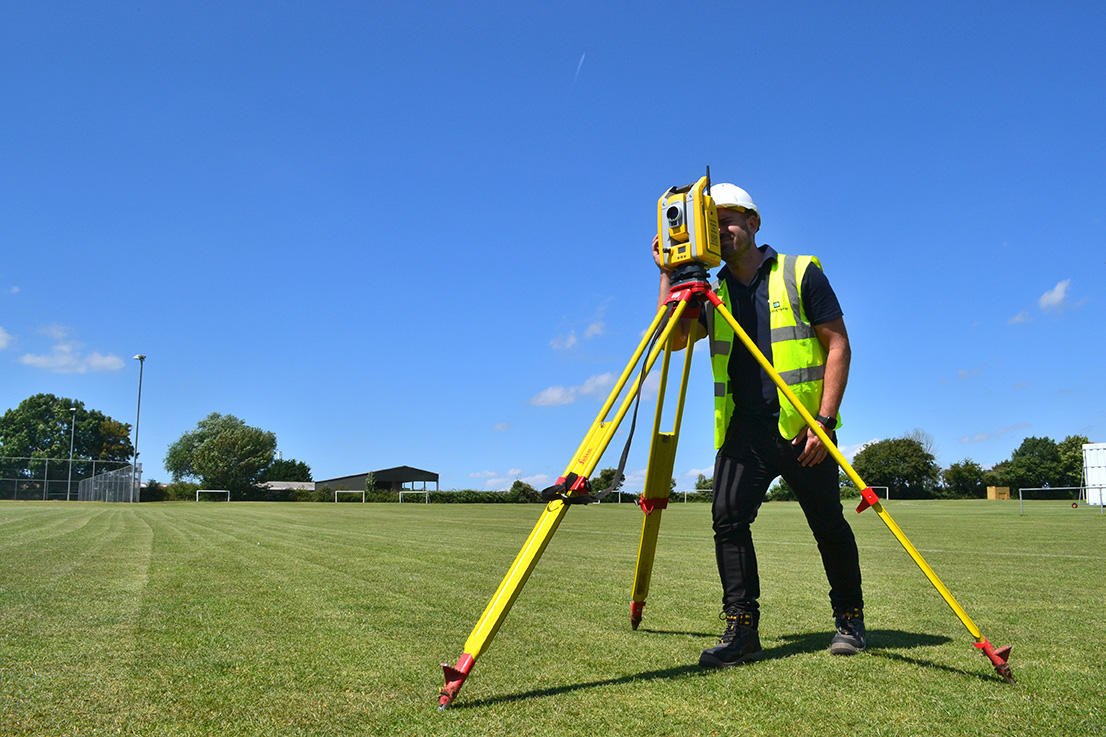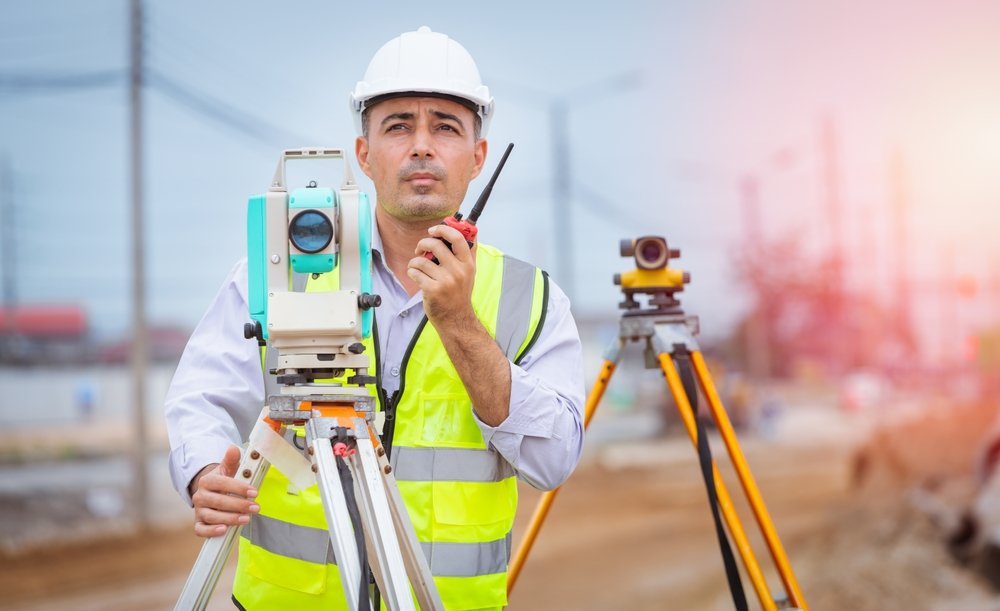Topographical Surveying: A Complete Guide for Land and Site Development
Wiki Article
Understanding the Essentials of Setting Out Engineering for Accurate Building
Establishing out design serves as the foundation of accurate building and construction, making certain that every job straightens with its designated style and specifications. As we check out the ins and outs of setting out, it comes to be noticeable that also small oversights can lead to considerable implications.Value of Laying Out Design
Laying out design is fundamentally important in the building and construction procedure, as it ensures that frameworks are accurately placed according to create specifications. The accuracy of laying out straight impacts the general integrity and capability of the constructed setting. Any type of discrepancies or mistakes during this phase can result in substantial concerns, such as imbalance, architectural failing, or expensive rework.Additionally, laying out design serves as an essential interaction device amongst various stakeholders, including designers, engineers, and service providers. It offers a clear referral framework that guides the building group throughout the project, thus decreasing the risk of misconception and improving collaboration. This procedure also aids in sticking to governing criteria and neighborhood codes, which are crucial for obtaining needed licenses and approvals.
In addition, efficient laying out adds to forecast performance by lowering and assisting in exact dimensions product waste. By ensuring that each aspect is accurately positioned from the start, the chance of delays and spending plan overruns is significantly diminished. In conclusion, the significance of laying out engineering can not be overstated, as it is foundational to attaining effective, compliant, and sustainable building and construction end results.
Secret Concepts of Laying Out
Exact implementation of establishing out is controlled by several vital principles that make certain effective implementation in construction projects. Accuracy is important; developing clear recommendation points and lines of view is essential for reducing mistakes. This involves using developed standards and guaranteeing that dimensions are taken constantly and precisely.One more concept is complete preparation. A detailed laying out plan must represent all elements of the style, consisting of measurements, levels, and offsets. This insight reduces disparities throughout building and boosts efficiency.
Effective interaction amongst staff member additionally plays a vital role. All stakeholders have to be in positioning regarding the job specifications and establishing out procedures to stay clear of misunderstandings that could cause costly mistakes.
In addition, regular confirmation of measurements and positioning helps maintain precision throughout the construction process. This can entail regular checks versus existing website attributes or reference factors to guarantee that the job holds to the intended design.
Tools and Equipment Needed

Basic tools consist of the overall station, which combines electronic theodolite and distance measuring capabilities, permitting specific angle and distance dimensions. Engineering surveys. Furthermore, a leveling instrument, such as a laser level or optical degree, is necessary for developing straight aircrafts and slopes
Determining tapes, varying from typical steel tapes to advanced electronic alternatives, offer essential functionality for simple linear measurements. Marker tools, including chalk lines and stakes, are vital for envisioning recommendation factors on-site.
In even more complicated jobs, GPS evaluating devices can boost precision over bigger distances, while 3D scanners can help in verifying existing conditions. Supporting tools such as plumb bobs and string lines are also essential for making certain vertical positioning and straight lines.
Inevitably, investing in quality tools and preserving them consistently significantly contributes to the overall success of establishing out design, assisting in a streamlined construction process that adheres to make specifications.
Typical Methods for Precision
Achieving precision in setting out engineering demands the application of specific techniques that boost measurement accuracy. One of the essential methods is triangulation, which utilizes the properties of triangulars to establish areas with high precision. By measuring the lengths of two sides and the angle between them, designers can precisely position points on-site.Another crucial method is the usage of leveling tools, such as laser degrees or automated levels. These devices supply a consistent referral plane, making certain that all dimensions are taken from an usual standard. Normal calibration of these instruments is important to preserve their precision.

Obstacles and Solutions in Setup Out
Browsing the intricacies of setting out engineering offers various obstacles that can affect project outcomes. One significant difficulty is the dependence on precise dimensions and alignments; also minor errors can result in substantial discrepancies Topographical Surveying in building. Outside elements such as ground conditions, weather, and website availability further complicate the process, demanding adaptable strategies.To attend to these difficulties, using innovative modern technology such as general practitioner and 3D modeling can enhance precision and efficiency. These devices permit real-time data collection and surveillance, decreasing human mistake and making sure adherence to design specs. In addition, executing rigorous training programs for personnel associated with establishing out can promote a skilled workforce proficient at handling possible problems.
Establishing clear lines of interaction amongst all stakeholders-- engineers, land surveyors, and building teams-- makes sure that everyone is aligned with the job purposes and mindful of any type of changes to the strategy. By welcoming these remedies, experts can substantially enhance the precision and reliability of establishing out engineering techniques.
Final Thought
In conclusion, grasping the principles of setting out engineering is important for attaining precision in building projects. Ultimately, a solid structure in establishing out design adds substantially to the overall integrity and effectiveness of construction end results.Establishing out design serves as the foundation of exact building, making certain that every job lines up with its designated design and specifications.Establishing out engineering is essentially essential in the building process, as it makes sure that frameworks are precisely positioned according to create specs. In final thought, the importance of setting out design can not be overemphasized, as it is foundational to accomplishing successful, certified, and sustainable building and construction end results.

Report this wiki page